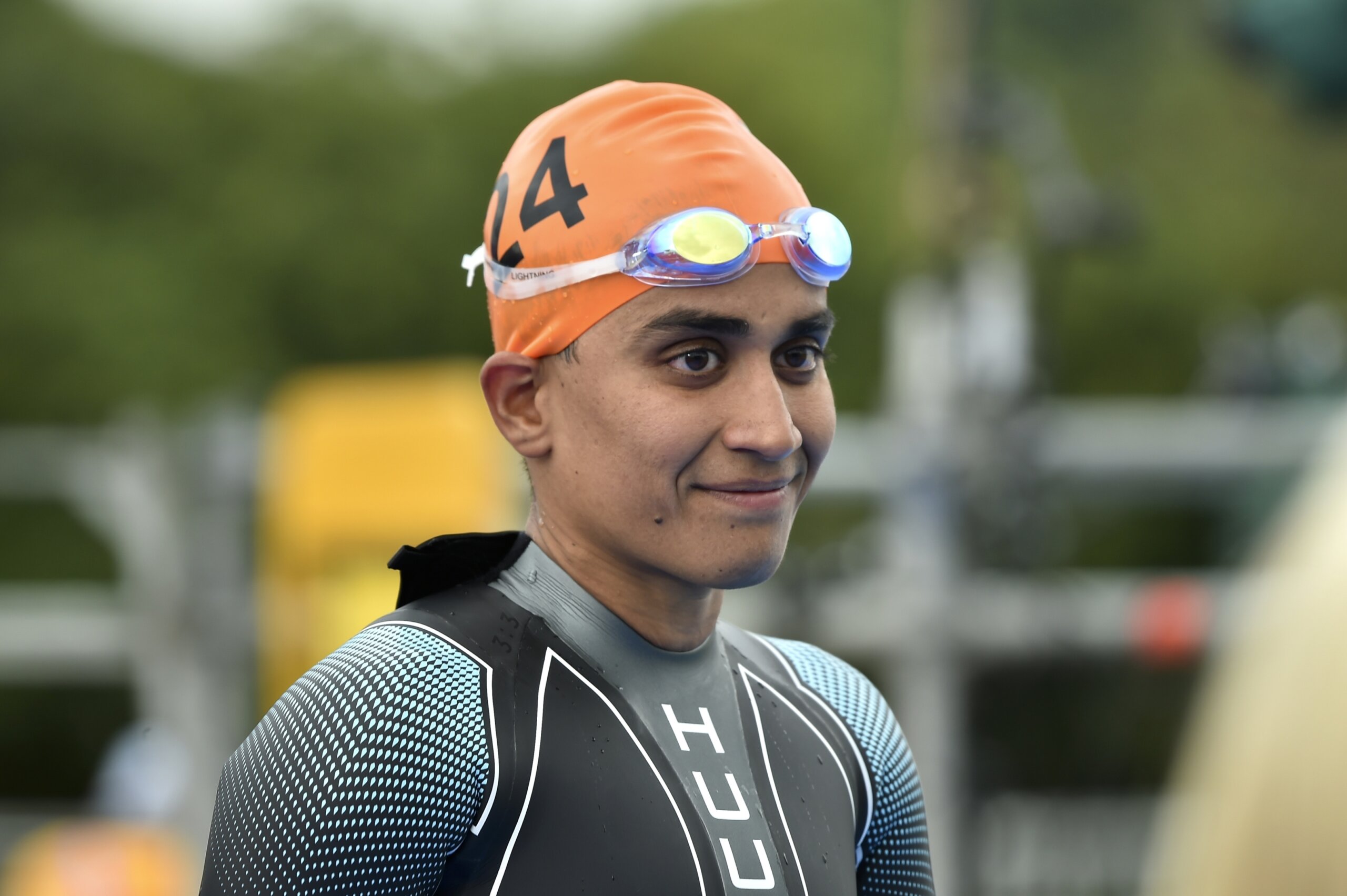Shopping
Mickey the cockatoo is free from his shopping centre prison. Here’s what you do when a bird flies in

After four weeks trapped inside a Sydney shopping centre, Mickey the cockatoo seemed relieved to get out.
Ravi Wasan – the director of Feathered Friends sanctuary who successfully captured the bird in the Coles supermarket at Macarthur Square yesterday – says once Mickey was outside “he was so happy, he was squawking”.
The sulphur-crested cockatoo hadn’t managed to leave by itself because it was likely scared, the shopping centre was large with high ceilings, and the exits were low and crowded with people, he says.
So he brought along Old Lady Doris, another cockatoo, as reassurance for Mickey. That led to some “really cute scenes where they were canoodling with each other”, Wasan says.
So what do you do if a bird like Mickey drops by and doesn’t – or can’t – leave?
Why do birds fly inside?
Food is a common factor that lures birds inside buildings, according to John Grant, a spokesperson for wildlife rescue organisation Wires.
Pigeons and mynas “love a food court, as we all know”, he says.
Native birds, such as butcherbirds and magpies, also notice when food is left near a doorway or window ledge – either deliberately, or as leftover pet food – and it often isn’t long before the birds head inside to try their luck, he says.
But offering them a bite is not recommended, Grant says.
“It’s our constant mantra: please don’t feed wildlife and keep food away from them.”
What should I do if a bird flies inside?
The first tip is age-old advice: stay calm.
“Once they’re in a house, if there’s a dog or a pet or a child who wants to get close to it, then the bird will panic and start flying everywhere,” Grant says.
The ensuring chaos means birds can easily injure themselves – particularly if they fly into ceilings, fans or closed windows.
It is best to move slowly and quietly, remove any food in the area and lock pets like dogs or cats in a room, Grant says.
Then open all the windows and doors, and wait.
“Generally, the bird will fly out of its own accord,” he says. Failing that, people can call a local wildlife group – such as Wires or Wildlife Victoria – for advice or assistance.
But what if I want to attract birds?
Dr Holly Parsons, an urban bird expert and program manager at BirdLife Australia, says feeding birds for fun is a controversial and complex issue in Australia; an activity that millions of people enjoy that is not recommended by experts or authorities.
“Living on brioche and water”, like Mickey, isn’t healthy.
“Something like bread is actually really bad for birds, it doesn’t have a lot of nutrition for them, it just takes up space,” Parsons says.
Minced meat, which many people fed to magpies and kookaburras, is also problematic.
“Mince is just the muscle, which means it doesn’t have a huge amount of vitamins and minerals from calcium and things that birds need,” Parsons says. “It’s also really sticky, so it can get stuck in beaks and breed bacteria, and there can be problems with beak snapping.”
She urges those who plan to feed birds to “think really carefully”, be responsible and abide by any rules or signs in public places.
Bird baths are a better option for attracting wildlife, provided the water is kept clean and there are rocks to help birds get out of deep water if they slip.
Parsons says while there can be challenges sometimes from birds and people living together in urban environments, there are also “a huge range of positives”.
“That connection to nature that we can get by being outside, by listening to birdsong, by being amongst nature,” she says. “I think we don’t often realise in Australia just how lucky we are to have such a diverse range of birds that live where we live.”










